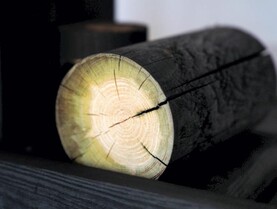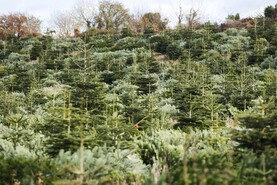The Department of Agriculture has announced the first findings in Ireland of a non-European bark beetle.
The Department’s ongoing surveys have discovered 93 individuals of the Monterey pine engraver in six traps in forest locations in Co Clare.
The beetles were found only in bark beetle traps, which “have been used for many years here in our annual bark beetle surveys,” a Department spokesperson said.
“No findings have been made in trees [and] the Department has found no evidence of any breeding insects nor detected any evidence of damage.”
The Department maintains the beetle “is not considered an aggressive pest in its natural range and is typically regarded as a secondary pest of stressed, dead or dying trees”.
While “the pathway of introduction into Ireland is under investigation,” according to the Department, it is likely from previous interceptions in Europe that the insect was introduced via wood packaging timber.
“We need to be more mindful and careful of importing unseasoned sawn timber in general into Ireland, which is by far the biggest threat for the introduction of insects,” said John Murray, director of the Murray Timber Group and chair of the Irish Timber Council, which represents Irish sawmillers throughout Ireland.
Although Monterey pine engraver is not specifically named in legislation, all non-European Scolytinae (bark beetles) are treated as union quarantine pests (UQP) under the Plant Health Regulation 2016/2031. Member states must follow certain procedures set out in this regulation “on the confirmation of a UQP, including the establishment of a demarcated area,” said the Department spokesperson.
“The Department has established the Monterey pine engraver demarcated area, with a radius of 10km from the traps where beetles were captured in Co Clare,” he said.
“Restrictions will apply to the felling and movement of pine species from this area.” The IFA has called for unprocessed timber imports to be suspended and for a review to be carried out. The Monterey pine engraver is naturally found in a range from Alaska to central America and is found exclusively in pine species.
Ireland has 70,940ha of pine forests in Ireland, mainly lodgepole pine, while native Scots pine covers an area of 8,420ha. The area of Scots pine is likely to increase as it has been identified as a significant species in both native woodland and diverse forest establishment in the new forestry programme.






 This is a subscriber-only article
This is a subscriber-only article










SHARING OPTIONS: